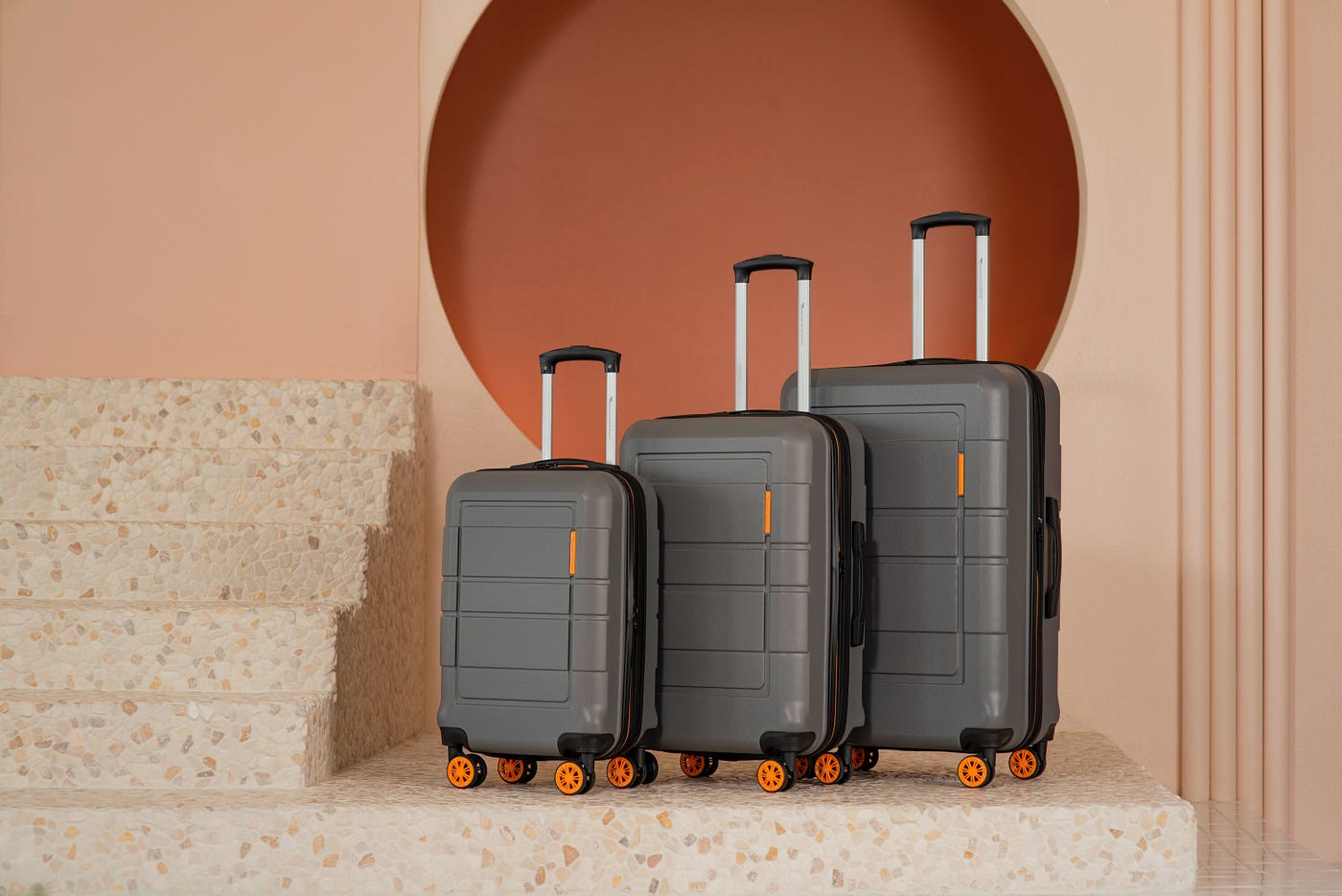 Source: Adam Zeis
Source: Adam Zeis
I’ve used my fair share of portable power stations in recent years. There are some that are truly portable, some so big they need wheels and other’s that are somewhere in between. The EBL Voyager 1000 fits nicely into the later, creating a great mix of portability and features, giving you 1000w of juice regardless of where your travels may take you. With the ability to charge with solar panels, AC outlet or even in the car, this beefy battery will keep your devices running on full without having to think about it.
EBL Voyager 1000 What I like
 Source: Adam Zeis
Source: Adam Zeis
No frills when it comes to the Voyager 1000. Everything you need is literally right in front of you. In addition to the better-than-average LCD display (batter, input, output) there is a power button, light button (for the built in flashlight) DC, AC and USB outputs and solar or DC inputs. Everything is clear-cut here, there are no side panels, hidden ports or consuing charge options found on some other units this size. The amount of outputs is just right for most, though I would have liked to see another USB-C option, maybe at the loss of one of the three USB-A ports.
| Category | EBL Voyager 1000 |
|---|---|
| Battery Capacity | 999Wh |
| AC Output | 110V±10%/50Hz |
| Car Port | 14V 8A |
| USB Output | QC3.0/18W |
| USB Type-C | PD 60W |
| Dimensions | 292202202mm |
| Weight | 18lbs |
One of my favorite features is the wireless charging pad nestled right on top of the unit. This is handy in that it’s … well … wireless, but also that it frees up another port for something else. It’s extremely convenient to be able to toss down my phone or earbuds without having to use up another port. A+ for this addition.
The front-facing ports are enough for most light to medium duty uses. Two standard wall plugs, USB-A, and USB-C options have all of the bases covered. There are very few times where I’d want more ports than the Voyager has to offer. Most of the devices I have to charge are USB-capable, while any devices like my coffee pot or griddle would do fine in the AC outlets.
Charging up the Voyager 1000 to full takes about 8-12 hours depending on your chosen input. Solar will in almost all cases take longer, but that’s also vastly dependant on the intensity of the sun. Plugging into a wall is your most convenient option. The included AC adapter, albeit a bit bulky, will get the job done easily. You also have the option to plug into your car accessory outlet if you’re on the go, which may be the best option for off-grid warriors who spend copious amounts of time on the road.
EBL Voyager 1000 What needs work
 Source: Adam Zeis
Source: Adam Zeis
For a unit of this size and capacity, there aren’t too many glaring issues. As I said above, I definitly wouldn’t mind another USB-C port as having one just feels a bit lost. This is really just looking for a downside though as I don’t have all that many grips with the Voyager 1000. Could it be bigger? Sure. Could it have more ports? Definitely. Does it know where it belongs and does what it needs to do? Absolutely.
The LCD readout is fine, the ports are enough, the carry handle works fine — this is a mid-range power station that knows its place.
EBL Voyager 1000 Should you buy?
 Source: Adam Zeis
Source: Adam Zeis
If you don’t need to power tons of devices and aren’t replying on this for days of use in an emergecny, the Voyager 1000 is a great buy. It’s geared toward those that are off-grid camping or have minimal needs. It would certainly benefit from another USB-C port, but I do love the wireless charging option as an added bonus.
How much can it charge?
- Laptop – 20 charges
- CPAP – 50 charges
- Drone – 20 charges
- Nintendo Switch – 50 charges
- Phone – 100 charges
- Camera – 150 charges
If you want something that won’t break the bank, charges a handful of devices at once and is easily portable, the EBL Voyager 1000 definitely fits the bill.
We may earn a commission for purchases using our links. Learn more.




More Stories
Spring 2022 internship – building a Data Lab
Seattle startup Banzai to go public via SPAC and acquire marketing tech company Hyros – GeekWire
Internship in Data Engineering | Adaltas